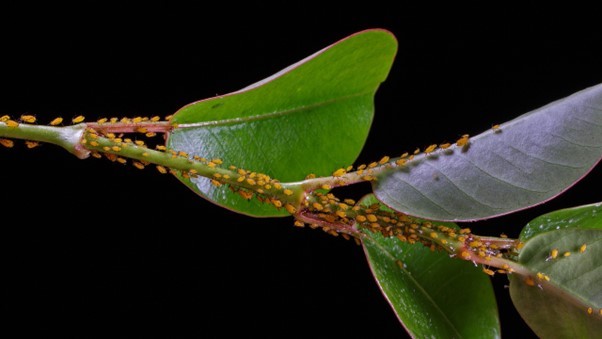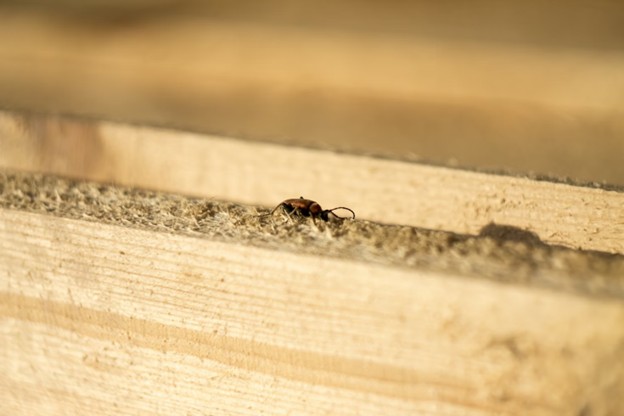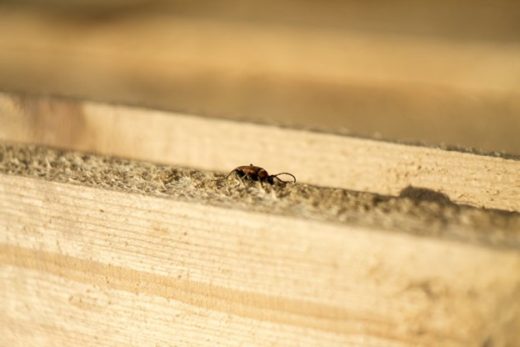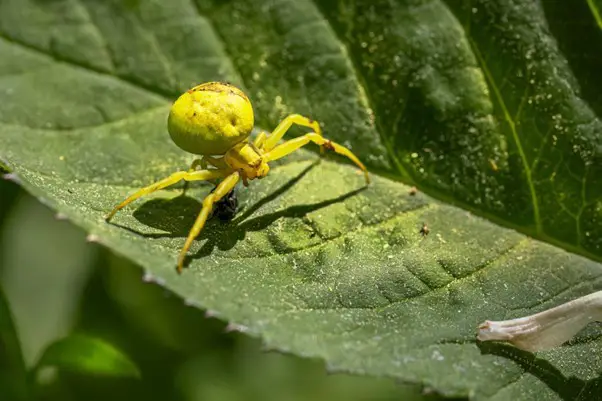Protecting historical buildings from structural pests, Home insect removal, Old house aphid advice
Preservation Savvy: Protecting Historical Buildings from Structural Pests
17 July 2024
Historical buildings face a constant threat from structural pests. Termites, beetles, and rodents are notorious culprits. Termites munch through wood, leading to compromised foundations. Beetles bore into timbers, creating unseen cavities that weaken support beams. And rodents gnaw on anything they find – such as wires and insulation – causing both structural and electrical hazards.
These critters can transform architectural treasures into unsafe ruins if left unchecked.
Understanding the types of pests and the specific damage they cause is the first crucial step in safeguarding our heritage sites for future generations. But we also need to understand what to do when structural pests become a problem.
Modern Pest Detection Technologies
Advanced detection technologies revolutionise pest control in historical buildings. Thermal imaging cameras can reveal heat signatures of termite colonies within walls, for instance, while acoustic emission devices can detect subtle sounds of wood-boring insects. And ground-penetrating radar can identify underground termite tunnels without excavation, and thus preserve the site’s integrity.
Drones equipped with high-resolution cameras are great, too, as they offer aerial views to spot roof and exterior damage caused by pests.
These modern tools enable early intervention, which is crucial for protecting delicate structures from extensive harm.
Investing in these technologies ensures we stay one step ahead of destructive pests.
Comprehensive Pest Control Solutions
Effective pest control for historical buildings involves a mix of traditional and innovative methods.
Chemical treatments, such as termiticides and rodenticides, remain effective but they must be used cautiously to avoid damage to the structure or environment.
Eco-friendly solutions include deploying nematodes – which are tiny parasitic worms that naturally eliminate pests like termites and beetles.
Physical barriers, such as mesh screens or metal shields, can block entry points without altering the building’s appearance. Additionally, biological controls introduce natural predators like birds or beneficial insects into the ecosystem to keep pest populations in check.
Combining these strategies ensures robust protection tailored to each unique site.
Remember, it’s always best to use professional termite and pest control services, such as Clarks, when determining the best approach to solve a structural pest problem.
Preventative Maintenance Techniques
Preventative maintenance is vital in shielding historical buildings from pests. Regular inspections are the first line of defence, enabling early detection of infestations before they cause significant damage.
Keeping the building’s exterior in pristine condition – sealing cracks, repairing damaged wood, and maintaining proper drainage – prevents pests from gaining entry.
Moisture control is another critical aspect; many pests thrive in damp environments. Dehumidifiers and adequate ventilation systems help maintain optimal indoor humidity levels.
Additionally, strategic landscaping practices can deter pests; keeping vegetation trimmed away from structures eliminates potential pathways for insects and rodents.
Lastly, employing periodic treatments with eco-friendly repellents ensures a persistent protective barrier without harming the building’s materials or its surroundings.
These proactive steps are crucial for long-term preservation.
Integrated Pest Management (IPM) Strategies for Historical Buildings
Integrated Pest Management (IPM) offers a holistic approach to safeguarding historical buildings from pests. IPM starts with thorough inspections and monitoring, using traps and sensors to identify pest activity. Based on the findings, targeted treatments are deployed, minimising chemical use to protect sensitive structures.
Cultural controls play a crucial role; this includes maintaining cleanliness and proper storage practices to eliminate food sources that attract pests.
Mechanical controls – such as sealing entry points with caulk or mesh – block access routes without altering the building’s aesthetics.
Biological controls introduce natural predators like birds or beneficial insects into the environment to manage pest populations naturally.
Finally, regular training ensures staff remain vigilant and knowledgeable about best practices in preservation.
IPM’s multifaceted approach balances effectiveness with conservation, preserving our architectural heritage.
Preserving Our Architectural Heritage: Final Thoughts
Protecting historical buildings from structural pests is crucial for maintaining our cultural legacy.
Here’s a quick recap of the key strategies discussed:
- Modern Detection Technologies. Utilise tools like thermal imaging, acoustic emission devices, and drones for early pest detection.
- Comprehensive Pest Control Solutions. Combine chemical treatments, eco-friendly options like nematodes, physical barriers, and biological controls.
- Preventative Maintenance Techniques. Perform regular inspections; exterior upkeep, moisture control with dehumidifiers and strategic landscaping.
- Integrated Pest Management (IPM). Employ a multifaceted approach involving monitoring, targeted treatments, cultural practices, mechanical barriers, and biological methods.
Implementing these strategies ensures we preserve these architectural treasures for future generations while respecting their historical integrity.
Let’s commit to diligent care and proactive measures in safeguarding our heritage sites.
You may also be interested in learning about how custom furniture helps to preserve architectural heritage.
Comments on this guide to Protecting historical buildings from structural pests article are welcome.
Pest Control
Pest Control Posts
Get rid of pests and protect your plants

Achieving excellence in pest eradication
6 Reasons Why You Need Pest Control Services?
Pest control prevention steps building homes
Building Articles
Residential Architecture
Comments / photos for Preservation Savvy: Protecting Historical Buildings from Structural Pests help guide page welcome.







